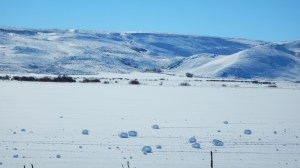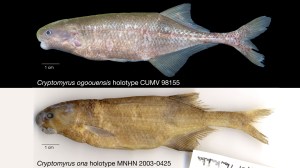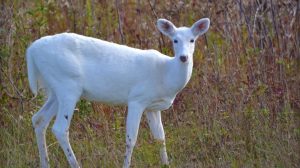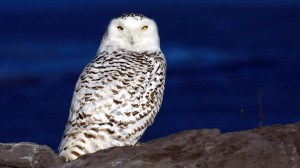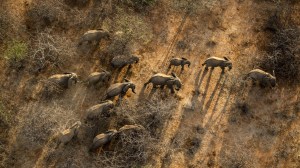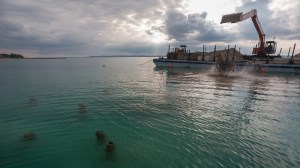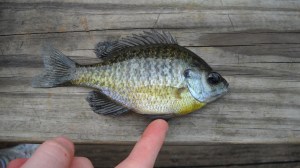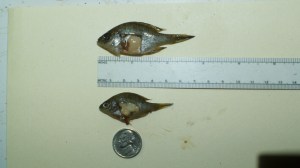Director of Science Communications
Page 45
-
Snow Rollers: “Spontaneous Snowballs” at Silver Creek Preserve
The fields looked like a busload of kids had been busy rolling large snowballs. But this was not the work of human hands.
Matthew L. Miller
-
They’re Electric: Two New Fish Species Discovered in Gabon
Not your typical fish story: Journey to Gabon to encounter two new species of electric fish.
Matthew L. Miller
-
White Deer: Understanding a Common Animal of Uncommon Color
For millennia, people have regarded white deer with a mix of reverence, superstition and scientific misinformation. And it continues to this day. What’s the real story of these ghost-like animals?
Matthew L. Miller
-
Top 10 Winter Wildlife Experiences to Enjoy Near You
The weather outside is frightful, but the fire? Forget it. It’s time to head outside in search of owls, tracks, carcasses and more. Your guide to winter wildlife fun.
Matthew L. Miller
-
Good News for Elephants: How These Communities Reduced Poaching by 35 Percent
When communities become involved in conservation, does wildlife protection really follow? Recent reports from northern Kenya provide hopeful evidence that the answer is yes.
Matthew L. Miller
-
Restoring the Reef on Lake Michigan Benefits Native Fish
Reef restoration calls to mind corals and colorful fish. But Lake Michigan has reefs too — and they're also vitally important to native fish. A new effort is looking to bring them back.
Matthew L. Miller
-
Why Everything You Know About Bluegill Management is Wrong
Every angler knows that if you don’t remove enough bluegills from a pond, they’ll overpopulate and become stunted. But new research says that idea is usually wrong, and the opposite may be true.
Matthew L. Miller
-
Big Battles, Big Gonads: The Crazy World of the Bluegill Spawn
The common bluegill is easy to take for granted. But come spawning season, a bluegill colony is one of the wildest scenes in nature: part barroom brawl, part cheesy ‘80s romantic comedy.
Matthew L. Miller
